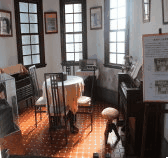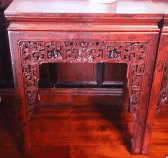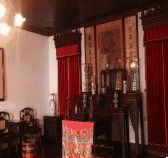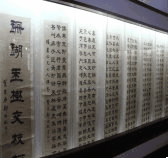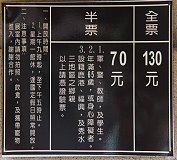
![]()
There was an old saying in Taiwan『1st Fu、2nd Lu、3rd Meng-Jia』. The 2nd Lu means Lu-Kang, which was one of most important town of culture in Taiwan history. History researchers called the 4th period of the Taiwan Culture『Lu-Kang Period』. It was from 1684A.D. to 1842 A.D. on Nov.10 in 1973.
There are many valuable pictures of the historical buildings in Lu-Kang which are collected in the Lu-Kang Folk Arts Museum, such as Long-San Si, Tang-Ho Temple, local people and many other unique historical relics in Lu-Kang. Some of the pictures are about the traditional folk activities of the local temples which are very interesting.
The pictures that moved me most are the photos of the streets that can not see the sky. The streets are covered with long roof and along the streets are so many stores and vendors, which are showed in the model
- Literature
- Old Streets
- Long San Temple
- the street that can’t see the sky
- Stone carving of Guan-Yin
 |
Relics Pictures |
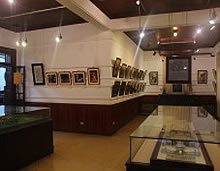 |
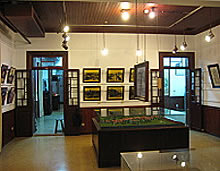 |
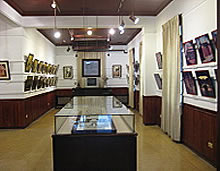 |
 |
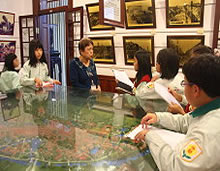 |
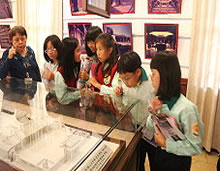 |
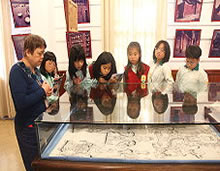 |
 |
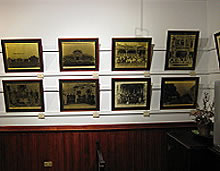 |
 |
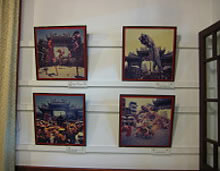 |
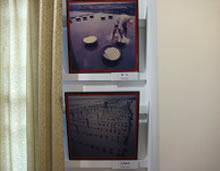 |
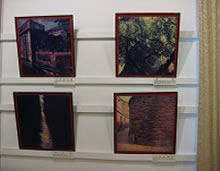 |
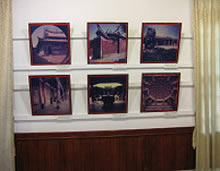 |
 |
The old streets of Lu-Kang 200years ago |
By means of seeing the old pictures, we can know the process of change of Lu-Kang. For example, the former streets of Lu-Kang were different from the recent ones. In the past, people could see the sea not far before the Tian-Ho Gong. From the pictures, we could also see the prosperous past of Lu-Kang, which had the name of 『little Quan-Zhou』. |
|||
|
|||
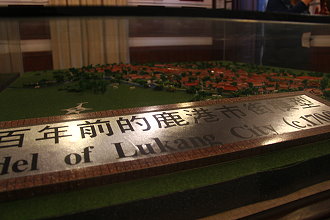 |
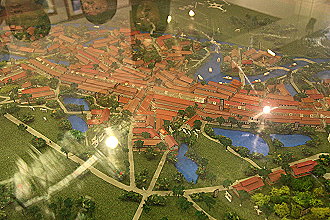 |
||
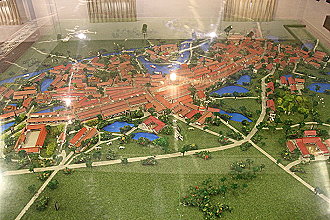 |
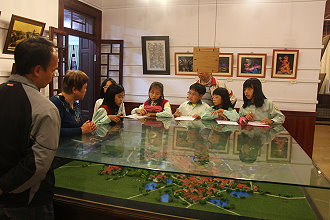 |
||
|
||||
 |
 |
 |
||
 |
 |
 |
||
 |
 |
|||
 |
Long-San Temple |
| Long-San Temple was the national 1st grade historical relic. It was valued highly of its style and skills of design of the structure. We could see many excellent works every where around the corners in the building. It used to be an old temple in Lu-Kang. In 1786, Mr.Chang guang-bang initiated the movement of re-building the temple, which was 1600坪. The new temple was so elegant that it had the name of the Zi-Jin City. Later, with the donations form the local rich people, the temple moved to the recent location so far. | |||
|
|||
 |
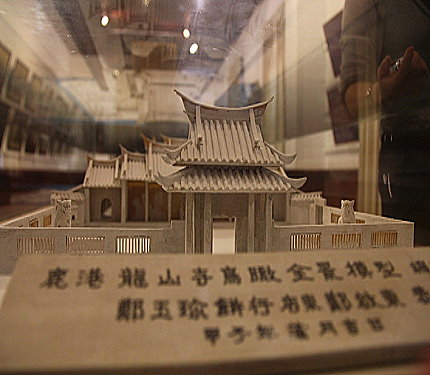 |
||
 |
the street that can’t see the sky |
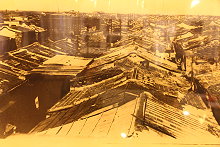 |
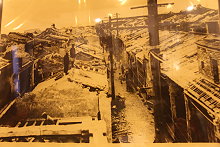 |
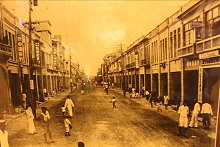 |
Source:Lu-Kang Folk Arts Museum |
Source:Lu-Kang Folk Arts Museum | |
There was once a street that couldn’t see the sky in Lu-Kang. It was also the longest business street in Taiwan in those old days. Why did the street have a roof?Some said that it’s because the bosses of the stores wanted the guests to rest and stay longer. However, the street was torn wider during the colonizing period of Japan and the roof of the street was taken away. The formal name of the street was called『Wu-Fu』street. It was consisted of five little streets of Lu-Kang. In the Qing Dynasty, Lu-Kang was one of the important cities in Taiwan. The goods sold on the Wu-Fu Street were imported from the wharf area. Speaking of the weather in Lu-Kang, it was so hot in the summer and so cold in the winter. What’s more, the monsoon of Lu-Kang was accompanied with the sea sand on the beach. The local people solved this problem by planting trees. However, the businessmen of the street solved the problem of the strong wind and rain of Lu-Kang by building the canopies along the street in order to protect the guests and have high quality service. The stores on the street owned the common wood pillars. In order to ventilate well, good day-lighting and draining away the water quickly, the canopies were two meters higher than the houses. However, the street was torn wider during the colonizing period of Japan and the roof of the street was taken away.
|
 |
Stone carving of Guan-Yin |
There are three levels on the stone carving of the Guan-Yin. On the top of the carving was the Guan-Yin;in the middle of the carving, there was the Ma-Zu and on the bottom was the Fu-Dei-Zhen-Shen.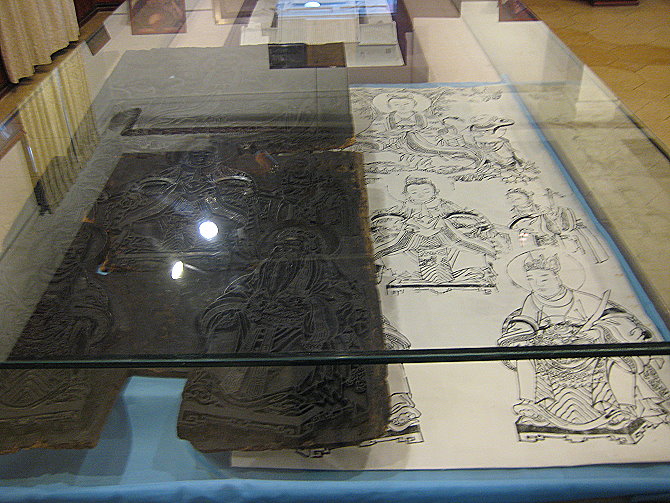 |







